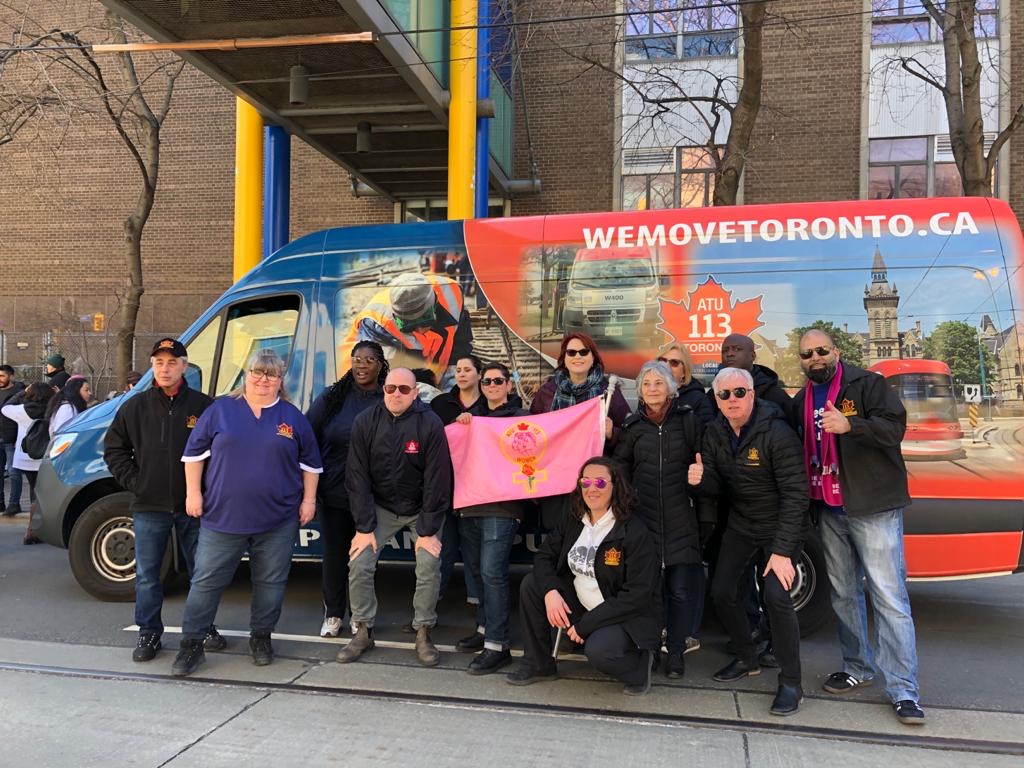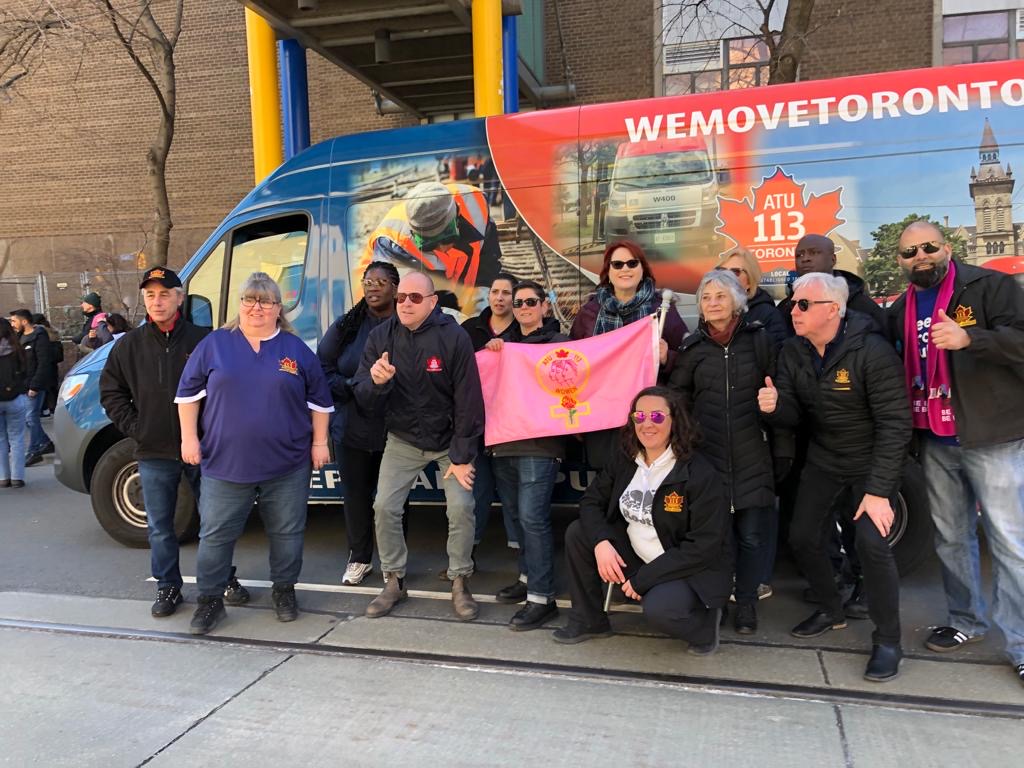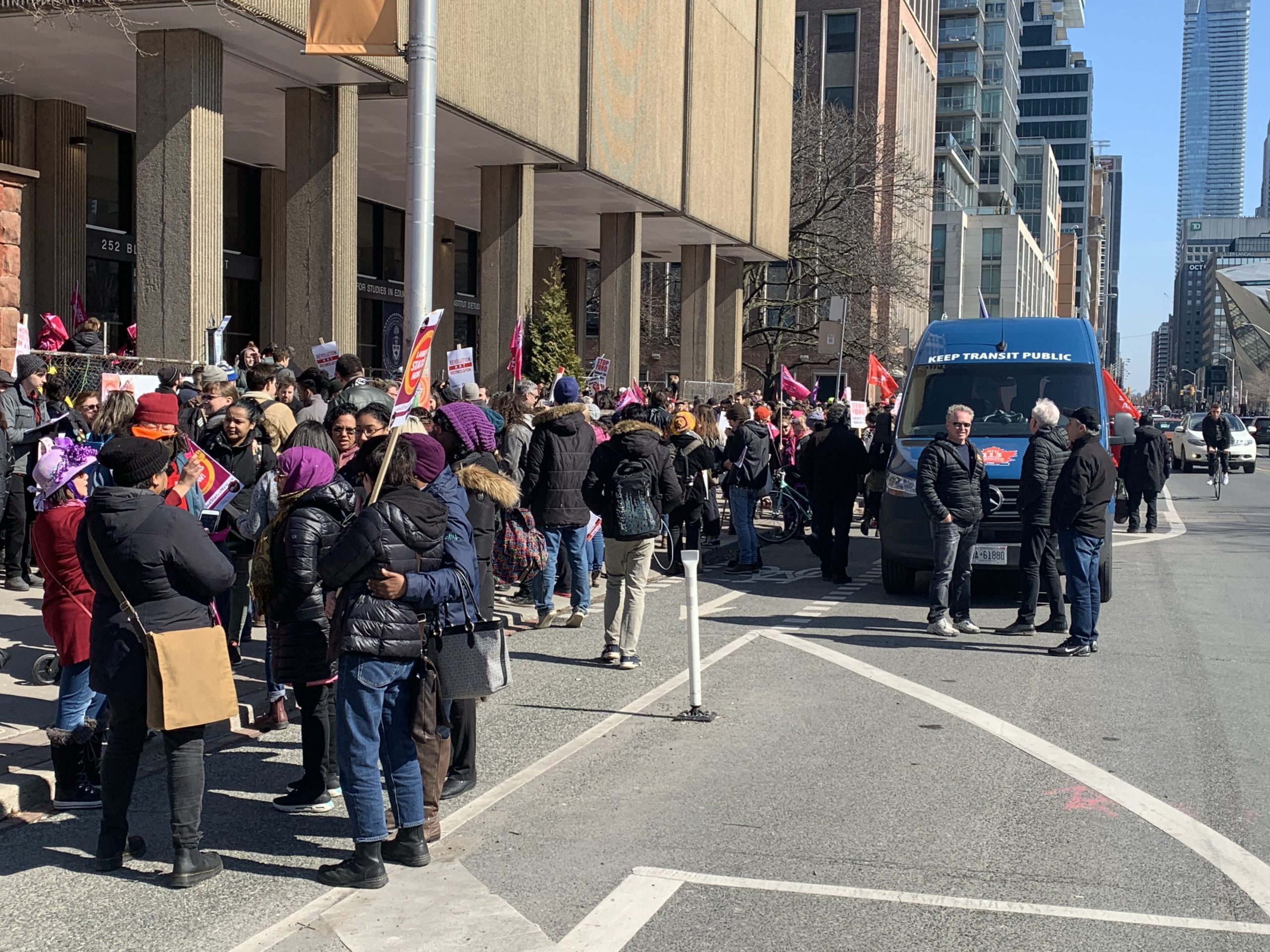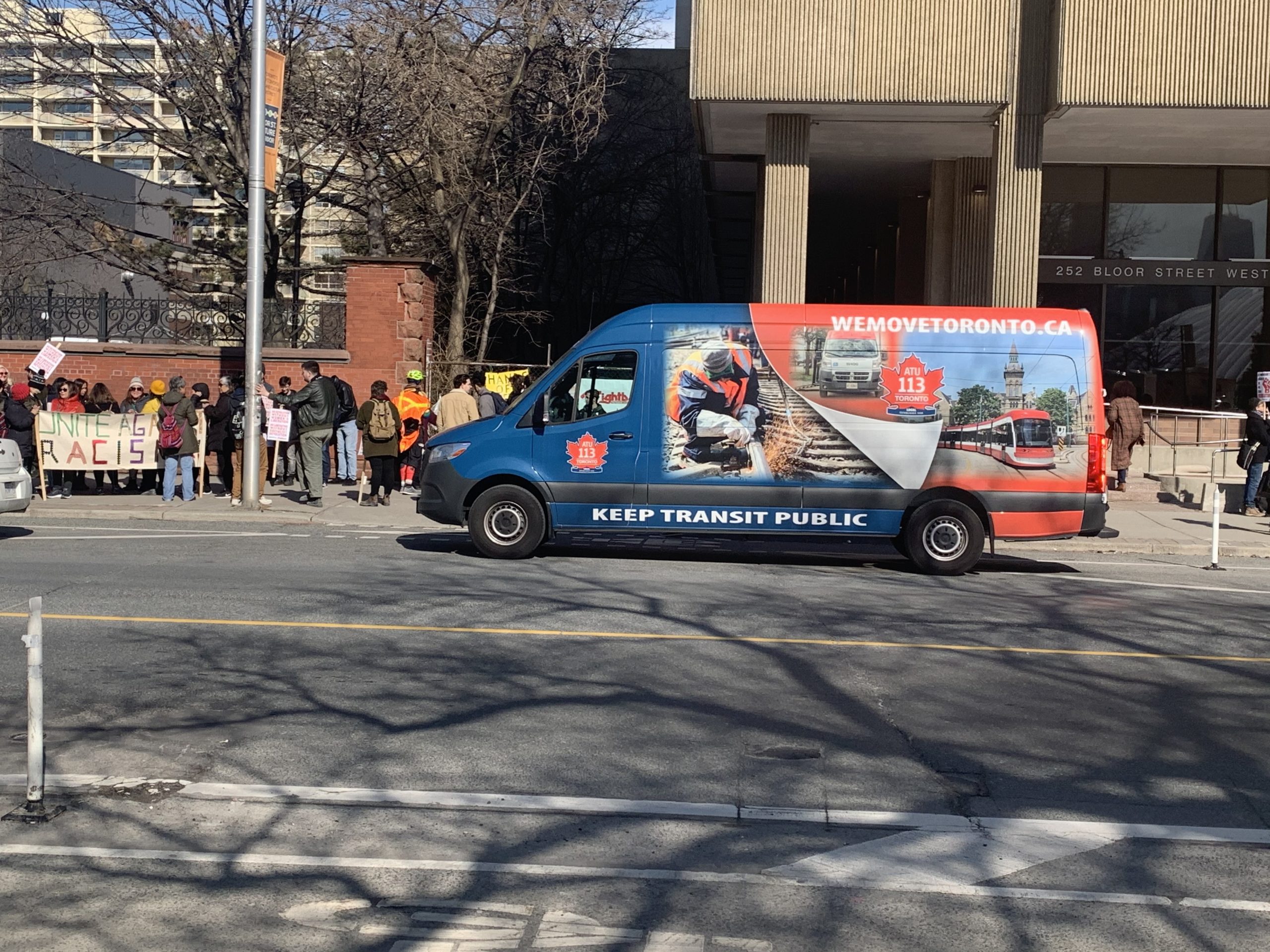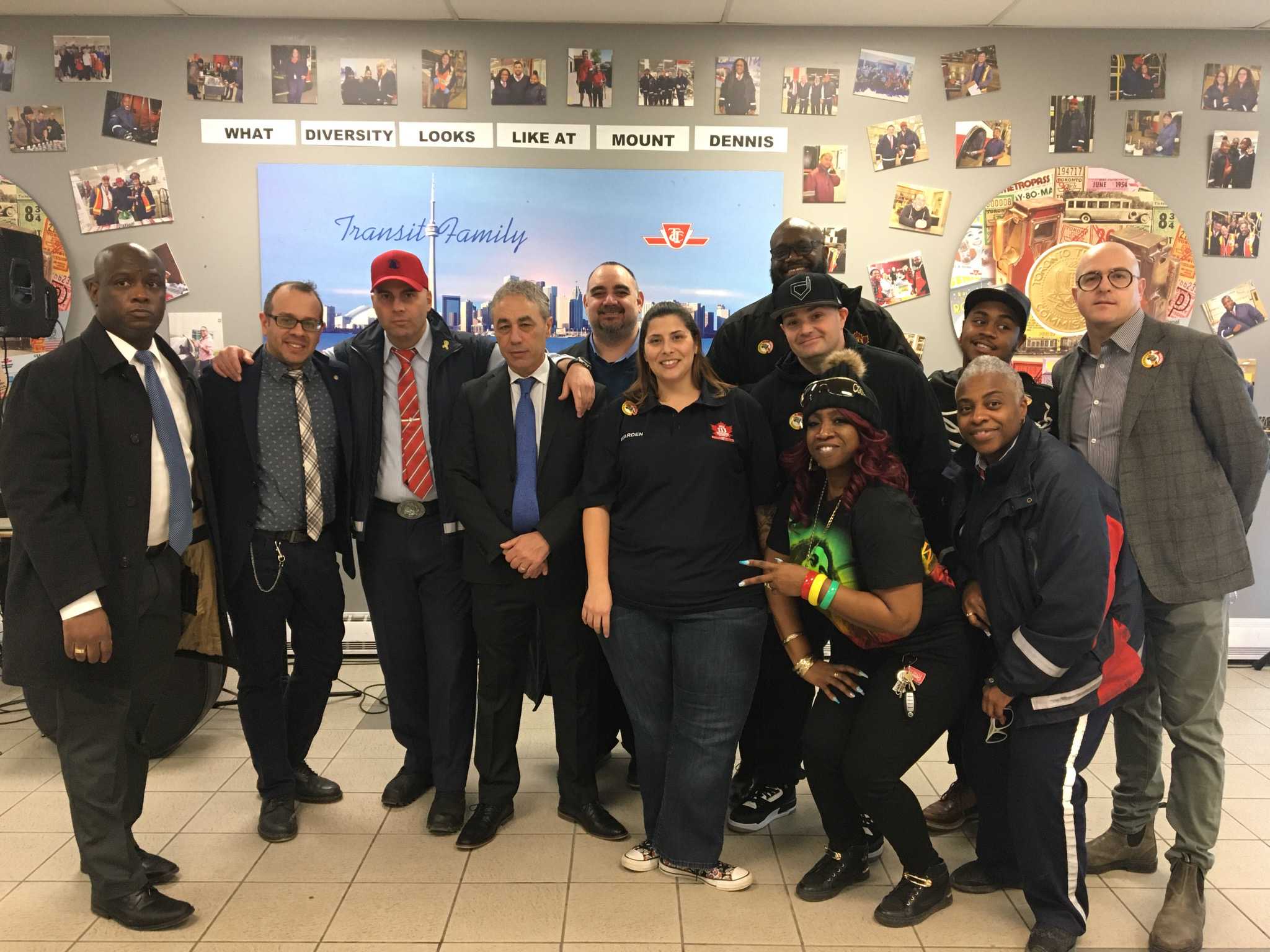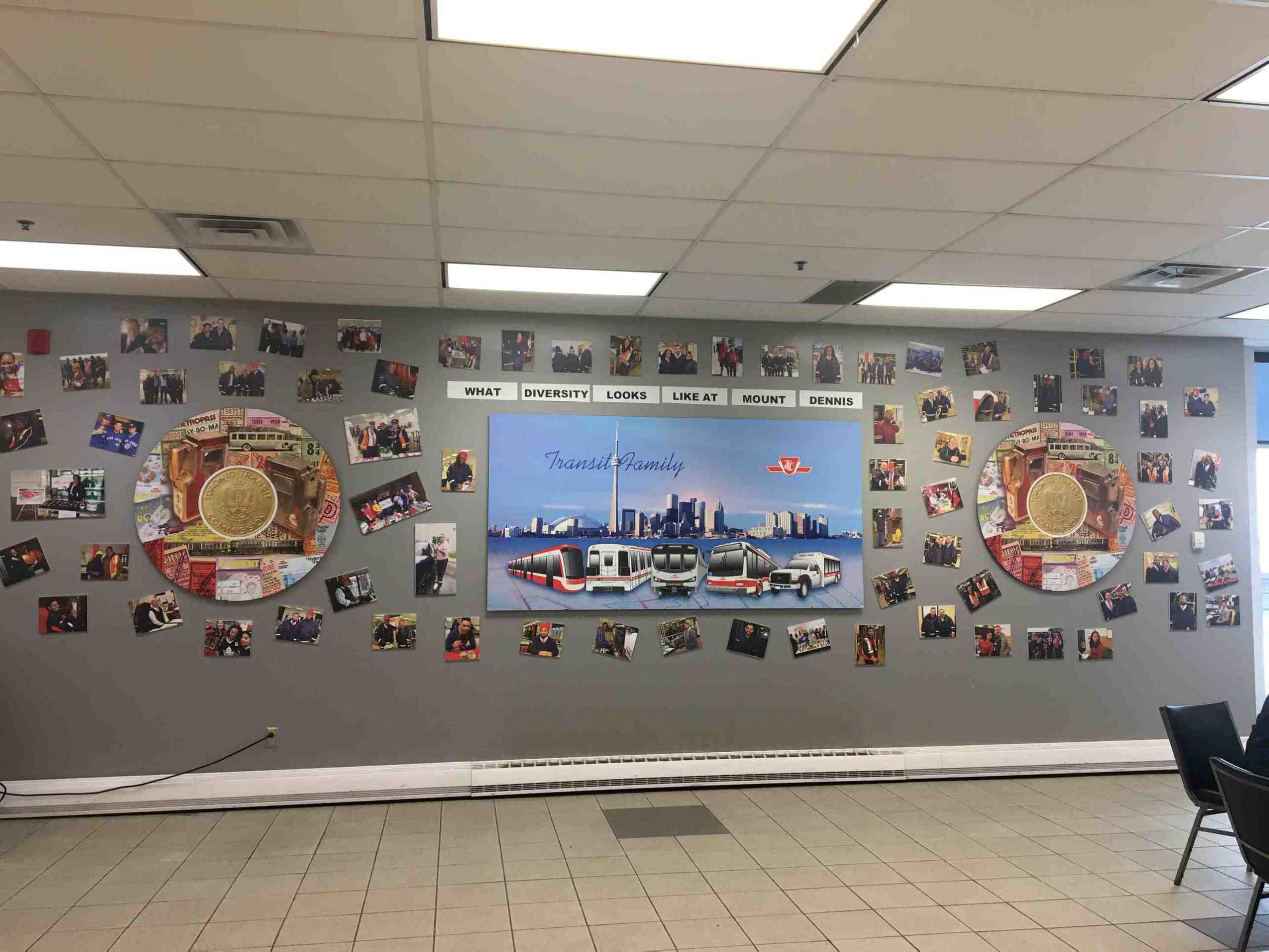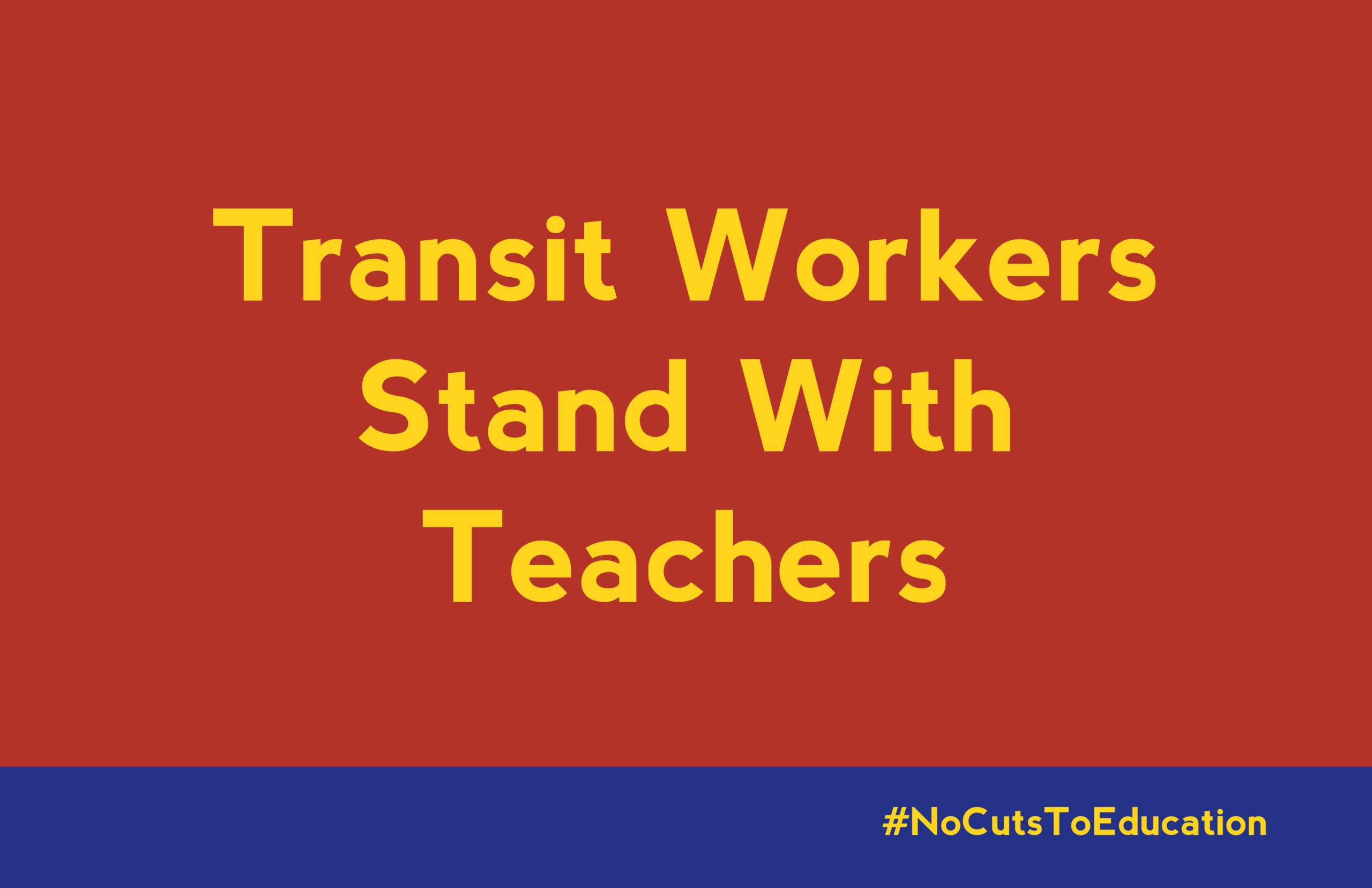Sisters and Brothers,
With today’s confirmation that one of our members, a maintenance worker, at the Duncan garage was diagnosed with COVID-19, our commitment to health and safety has never been stronger.
Our thoughts are with the member who was diagnosed with COVID-19 and their family. We wish them a speedy recovery while self-isolating. We’ll provide whatever support they and all members need, while in self-isolation or who have been otherwise impacted by COVID-19.
I want to assure you that our members’ health and safety is ATU Local 113’s top priority as our communities continue to combat the coronavirus outbreak. Many of you are rightfully concerned about this diagnosis, but I want to remind you of the additional health protections for workers ATU Local 113 has secured in recent days. These measures include full pay for members in self-isolation and quarantine, the choice to wear protective face masks on the job, no medical notes required for sick leave until March 31, as well as fare collectors and customer service agents having the flexibility to work in TTC Subway station booths if they have health and safety concerns. The TTC has also implemented all-door boarding to avoid crowding at front vehicle entrances.
For maintenance workers, we continue to work with the TTC to ensure increased cleaning and disinfection measures are available and followed to protect workers’ health.
Our member who was diagnosed with COVID-19 returned from travel abroad on March 11, two days before the Government of Canada recommended that all travellers arriving from international destinations self-isolate for 14 days. Canada has now implemented these additional safety measures as further precautions.
ATU Local 113 is following the advice of public health experts – if you feel unwell, please stay home.
Our members are among Toronto’s finest and ATU Local 113 will continue to ensure the TTC provides a safe, clean and healthy work environment for all.
In solidarity,
Carlos Santos
President, ATU Local 113
